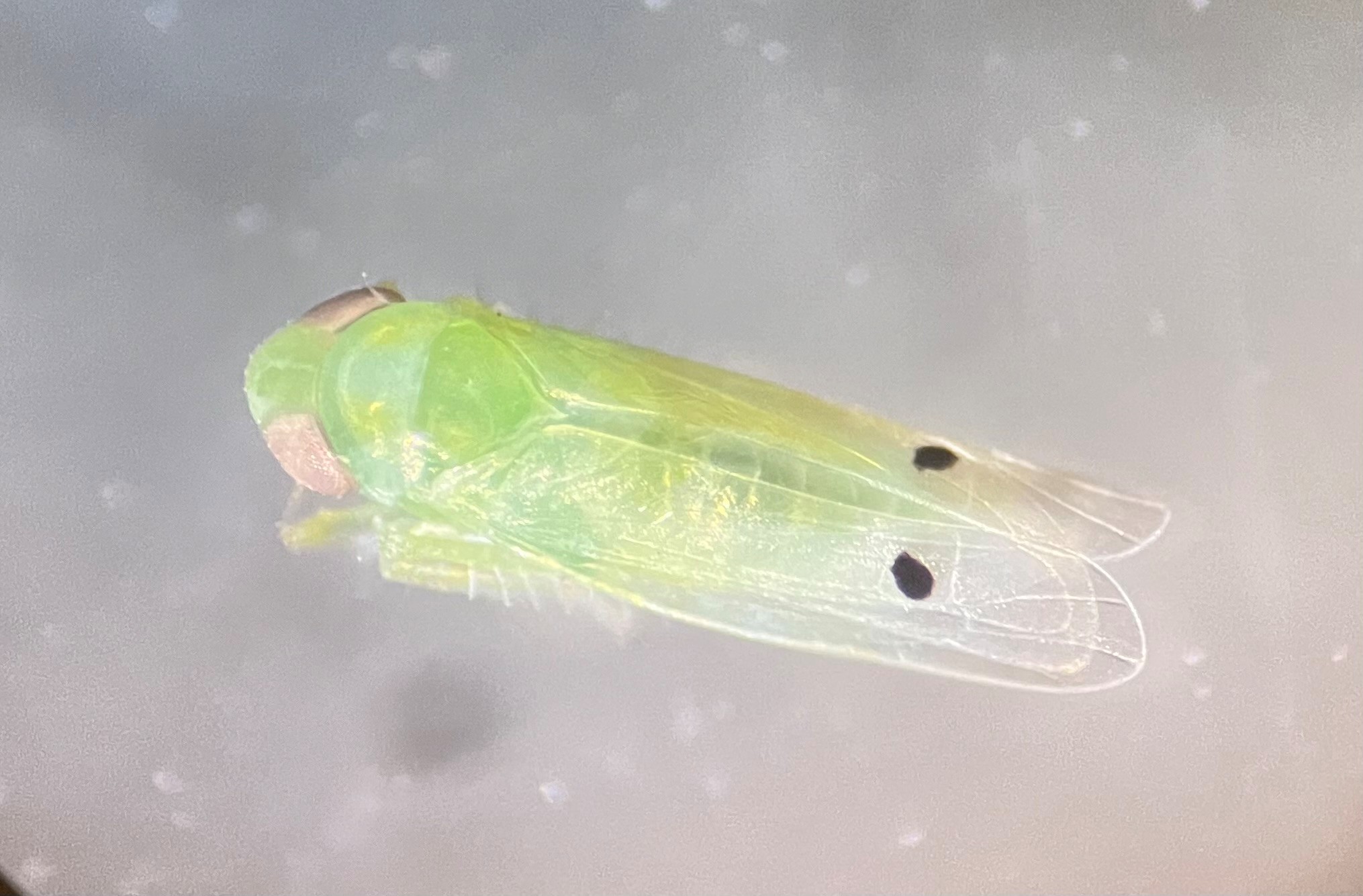Georgia’s cotton crop sustained at least $100 million in losses following Irma’s trek across the state, according to University of Georgia Cooperative Extension cotton agronomist Jared Whitaker.
The hurricane, downgraded to a tropical storm when it moved through Georgia on Monday, Sept. 11, blew heavy winds through Georgia’s cotton crop.
“I strongly feel that the crop has been significantly damaged across the entire state,” Whitaker said. “How much it’s been damaged is very difficult to estimate, but a 10 percent loss across the entire state is very realistic and is likely what occurred, with losses much higher in some fields.”
A 10 percent damage estimate equates to approximately $100 million in total losses and a $75 loss per acre, he said. However, Whitaker believes that estimate could rise to 20 percent or higher once all damage has been reported and calculated.
Open cotton bolls were affected by Irma, and this was the state of the majority of Georgia’s cotton crop at the time Irma came through.
Among the Georgia counties that sustained significant losses, Colquitt County saw fields with 200 to 400 pounds of lint per acre of cotton blown onto the ground. In Tift County, Georgia, one field that was ready to harvest lost an estimated 670 pounds of lint per acre.
In contrast to Hurricane Matthew, which impacted southeastern Georgia in 2016, Irma had a statewide impact. Irma’s winds reached more than 50 mph, while Matthew’s winds stayed around 40 mph, according to Whitaker.
“Though Irma was not a hurricane when it came through Georgia, it still was a very dangerous storm system that blew down cotton plants and caused lint damage to a lot more,” Whitaker said. “Much of the cotton I have seen has been blown over and wrapped together, which will cause issues with spraying and harvesting for the rest of the season.”
Winds that blew through fields from several different directions caused the rooting out of cotton plants around the stem at ground level. The heavy winds blew the dirt around the base of the stem which could complicate the cotton’s ability to stand through the rest of the growing season. The leaves of windblown cotton plants are now turned over and will be sun bleached and ultimately fall off, Whitaker said.
“This will greatly affect the ability of the crop to continue to fill any immature bolls,” he said. “With less energy being made from a plant with fewer leaves, maturity could slow and affect younger bolls.”
Cotton that is blown over can also be extremely susceptible to boll rot, which damages the growing fruit of the plant. As a result, the quality of the cotton fiber is expected to decline.
“Hopefully, we can avoid any more weather-related events that will have a negative impact. Georgia had an incredible crop this year, and Irma was a setback when we didn’t need it,” Whitaker said. “But I’m amazed by the positive attitudes of our cotton farmers. We’ll still have fantastic yields in many places, all things considered.”





